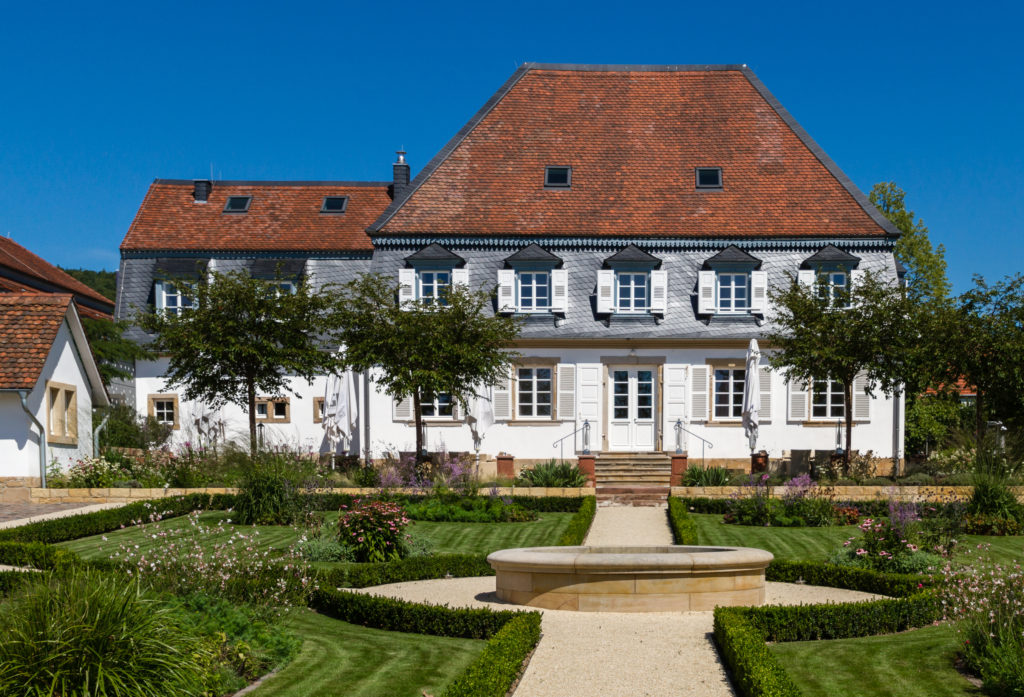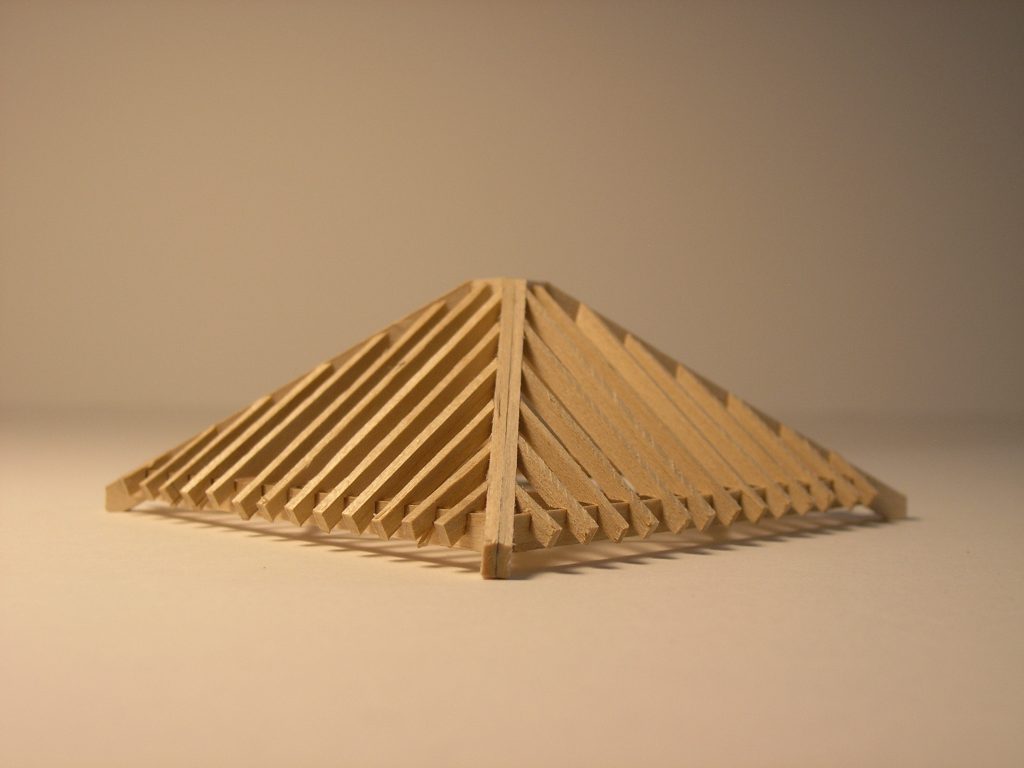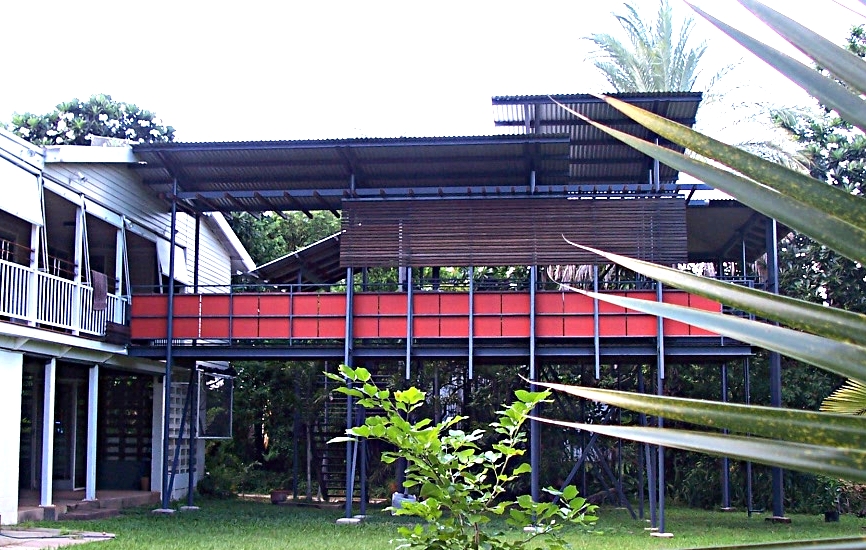Choosing your roof covering is made according to the aesthetics sought and the type of roof as per regional characteristics and the local urban plan’s constraints. This post presents the primary materials, so you have a wider choice for choosing which type of roofing suits you better.
Summary
– Terracotta tile roof
– Slate roof
– Zinc roofing
– Concrete roof
– Wooden roof
– Steel Roofing
– Other materials
– Accessories and roof ornaments
The roofing is the top layer of the roof. It is in direct contact with the external elements. Consider your region’s climate when making your choice: rainfall, sunshine, wind conditions, snow cover.
Good to know: local regulations govern the exterior aesthetics of the house. Check the standards with the town hall before you invest in the roof.
Terracotta tile roof
The terracotta tile exists in many shapes and colours. It is waterproof, resists wind and shocks, offers good thermal qualities, lasts up to 70 years, and is among the cheapest.
The different shapes of tiles

There are different models and colours of tiles, depending on the region.
The channel tile, flat tile, and interlocking tile
The most common tiles are the flat tile, suitable for steeply sloped roofs, the channel tile, low slope roofs, and the interlocking tile (the most common), ideal for medium slopes.
Slate roof
Slate comes in rectangles or scales, lasts about 100 years, and retains its natural colour well. But its installation, by nailing or hooks, requires real know-how. Also, it is a heavy roof that requires a solid framework.
Zinc roofing
One of the advantages of zinc roofing is its particular aesthetic: shiny when new, it then takes on a beautiful bluish patina. It is lightweight and resistant to corrosion and weathering, as well as frost. Thus it requires almost no maintenance; on the other hand, its cost is relatively high, and its installation requires unique know-how.
Concrete roof
This very resistant material has a different laying technique depending on the type of roof: for sloping roofs, concrete tiles are used; for flat roofs, a concrete screed is poured over the support.
Wooden roof

Wooden shingles are experiencing an inevitable revival; a wooden roof is ecological, light, durable (sometimes more than terracotta tile and slate), and aesthetically pleasing. However, the material and installation cost is relatively high, and the colour changes over time.
Steel Roofing

The steel is strong, resistant to moss and fungus, and is easy to install. But it is sensitive to corrosion, unsightly and noisy when it rains. It lasts about 100 years.
Other materials
Other roofing materials such as copper roofing, thatch roofing, slate roofing, or fibre-cement tiles.
– Copper roof
– Thatched roof
– Fiber cement roof
There are also lighter materials for secondary roofs, such as verandas, garages, or garden sheds. You will discover them soon in our future publications on:
– Shingle roof
– Asphalt roof
– Roof in corrugated plate
– PVC Roof
– Glass roof
– Polycarbonate roof
Accessories and roof ornaments
It is possible to embellish a roof with the various decorations available on the market:
– Roof finials
– Roof cornice
– Lambrequin
– Coaster
Hope the above helps you understand the different types of roofing materials available on the market. So next time your friend or the roofing contractor talks about one of those materials mentioned above, you’ll have a better idea of what he is talking about.
Your opinion and experience count for making our blog even more interesting. Please, remember to share this post and leave your comments below.